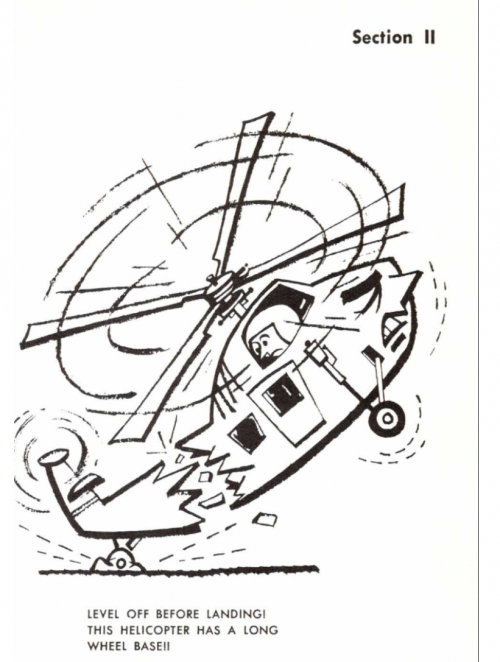- Joined
- 21 May 2006
- Messages
- 3,002
- Reaction score
- 2,278
Thanks for your response yasotay, your speculation makes sense. As for the C-141, wasn't its cargo compartment the same as that of the C-130's, in terms of width and height? So your analogy about the rotor system having to be made heightened, might also have impacted on the C-141, as it did the C-130 capacity to fit it.Total speculation on my part. C-130 requirement may have been dismissed after the rotor system had to be heightened due to blade flapping on both (?) competing helicopters. With the increase in height of the rotor head, it may have not been feasible any more for them to be put into the C-130. The C-141 requirement may have gone away due to weight restrictions on the C-141 later in life and their impending retirement.
Also, going by the airlift configuration mock-up of the Sikorsky design, it appears that the 'kneeling' capability of the landing gear of the production Blackhawk might have been negated, as a consequence.
Regards
Pioneer
Last edited:

